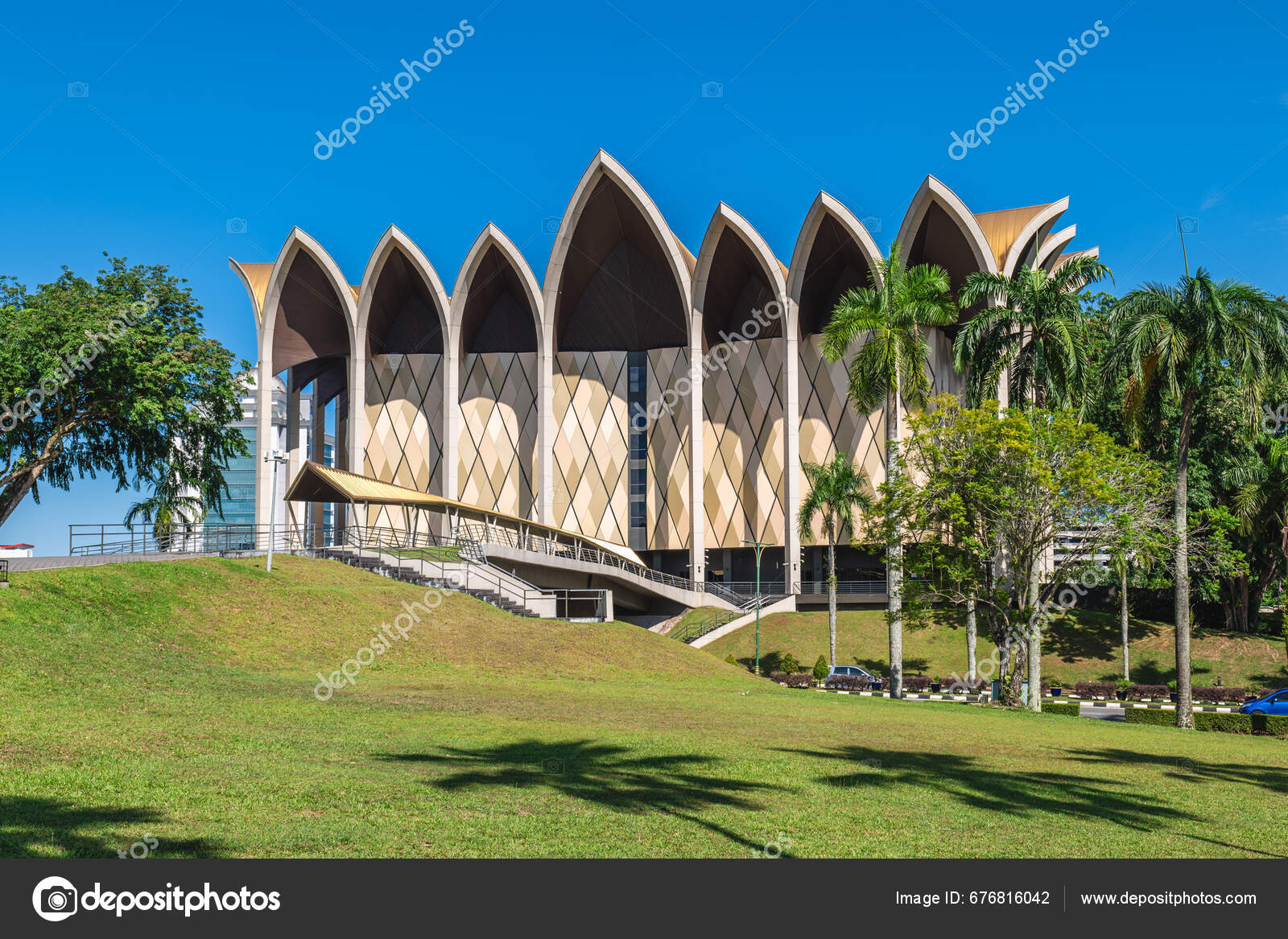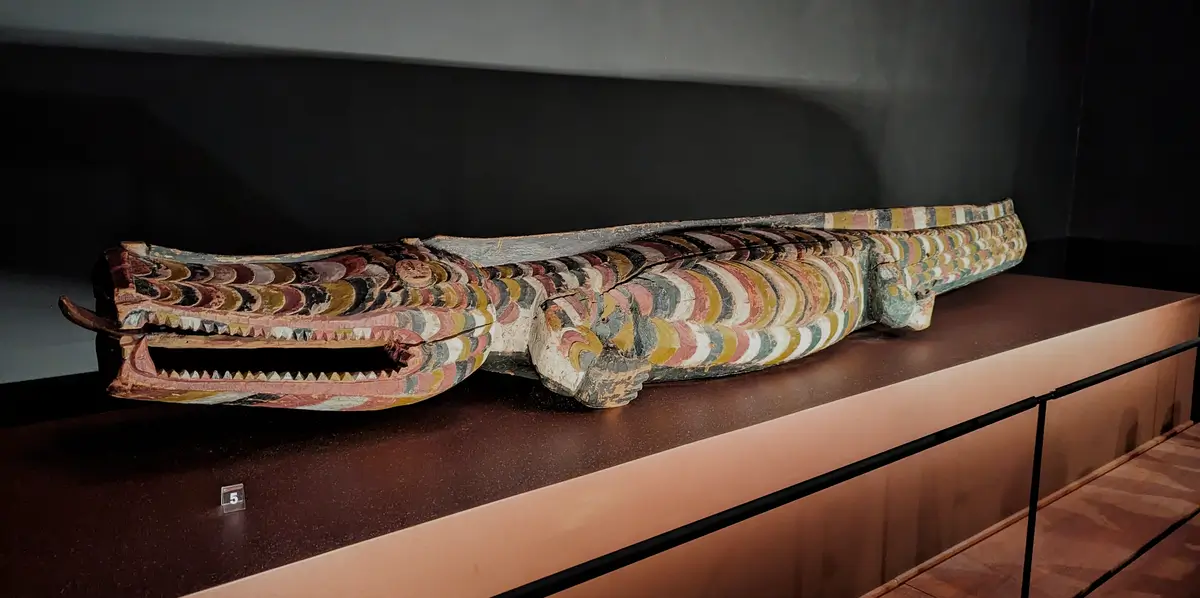Trip Through Time at Borneo Cultures Museum
Trip Through Time at Borneo Cultures Museum
Blog Article
Delve Into the Remarkable World of Borneo's Cultural Heritage: A Comprehensive Guide to the Cultures Museum Experience
Immersing oneself in the intricate tapestry of Borneo's cultural heritage is comparable to getting started on a voyage with time and tradition. The combination of indigenous tribes, conventional inventions, captivating performances, and historic stories housed within the confines of the island's galleries uses a glimpse right into a globe bristling with profound heritages and dynamic custom-mades. As site visitors go across through these databases of culture, they are beckoned to explore a world where past and existing intermingle, inviting consideration on the resilience and splendor of Borneo's diverse heritage.
Native People of Borneo
Borneo is home to over 50 aboriginal people, each with distinct cultural techniques and traditions that have been preserved for generations. Among these people are the Iban, known for their complex tattoos and traditional longhouses where numerous households stay. The Dayak people, another famous team, involve in sophisticated spiritual events and are experienced craftsmens, crafting complex timber makings and woven textiles. The Penan tribe, on the various other hand, are nomadic hunter-gatherers with a deep link to the jungle, making use of blowpipes for hunting and gathering wild plants for sustenance.
These indigenous people play an important duty in maintaining Borneo's abundant cultural tapestry. Despite exterior influences and modernization, several people proceed to promote their languages, custom-mades, and beliefs. Site visitors to Borneo have the opportunity to immerse themselves in the unique lifestyles of these tribes with social trips, homestays, and community-based tourism initiatives. By involving with these aboriginal neighborhoods, visitors can obtain a deeper gratitude for the variety and strength of Borneo's indigenous heritage.
Conventional Handicrafts and Artifacts

One noticeable instance of standard handicrafts in Borneo is the manufacturing of woven goods - Borneo Cultures Museum. Competent weavers make use of all-natural fibers like rattan, pandan, and bamboo entrusts to develop detailed baskets, mats, and devices decorated with colorful patterns that hold symbolic definitions within the area
The art of woodcarving is an additional significant element of Borneo's conventional inventions. Artisans carve detailed designs into numerous kinds of timber to produce masks, sculptures, and musical tools that not only offer practical purposes yet also hold cultural significance, usually illustrating mythology or spiritual ideas.
Moreover, Borneo is renowned for its beadwork, with artisans carefully crafting beads from materials like glass, seeds, and shells to create jewelry, apparel embellishments, and ornamental things that showcase the region's lively aesthetic practices. These typical inventions and artefacts not just function as tangible expressions of Borneo's social heritage but also provide understandings into the neighborhoods' beliefs, worths, and means of life.

Cultural Performances and Festivals
With a deep-rooted link to their social practices, the neighborhoods in Borneo come active through vibrant cultural performances and festivals that celebrate their heritage. These occasions showcase the abundant variety of Borneo's ethnic groups, each offering one-of-a-kind dances, music, and rituals that have been given with generations. Among the most renowned check that celebrations is the Gawai Dayak, commemorated by the Dayak individuals to mark the rice collecting season. During this event, conventional music fills up the air, elaborate dancings are executed, and sophisticated conventional outfits are used. An additional substantial occasion is the Pesta Kaamatan, celebrated by the Kadazandusun area to provide thanks for the rice harvest. This event features social efficiencies, including the Sumazau dancing, and typical sporting activities like the bamboo dancing. Visitors to Borneo can immerse themselves in these festivities, getting a deeper understanding of the region's cultural heritage and experiencing the cozy hospitality of its individuals. Social performances and events offer as a vivid pointer of Borneo's abundant cultural tapestry and the relevance of protecting these practices wikipedia reference for future generations.
Historical Narratives and Artefacts
Exploring the historic narratives and artifacts of Borneo uses a remarkable glance right into the area's abundant past and social advancement. Borneo's historic tapestry is woven with diverse influences, reflecting the interactions in between aboriginal tribes, Chinese investors, European colonizers, and Malay sultanates. The artefacts discovered in Borneo showcase this detailed background, ranging from typical crafts like intricate beadwork and woodcarvings to historical treasures such as old ceramic and devices.
One of one of the most engaging elements of Borneo's historic narratives is the preservation of oral traditions passed down with generations. These stories give understandings right into the ideas, customizeds, and daily lives of Borneo's residents throughout the centuries. Moreover, the artifacts discovered from historical sites supply substantial connections to these narratives, permitting site visitors to witness the product culture of past cultures firsthand.
Contemporary Cultural Preservation Initiatives

Additionally, curricula and social exchange activities play an essential duty in elevating recognition concerning the relevance of protecting Borneo's distinct social heritage. By involving colleges, museums, and the larger area in discussions and activities that commemorate Borneo's diverse societies, preservation efforts can acquire momentum and support for long-lasting sustainability. Collaborations between governmental bodies, non-profit companies, and neighborhood communities are vital in driving these preservation ventures ahead, making sure that Borneo's rich social heritage remains lively and cherished for generations ahead.
Conclusion
In verdict, the cultural heritage of Borneo is diverse and rich, with aboriginal people, standard inventions, cultural efficiencies, festivals, historical narratives, and modern conservation efforts all adding to its individuality and significance. Visitors to Borneo's social galleries can acquire a much deeper understanding and appreciation of the region's social heritage, enabling for a more immersive and informing experience.
Immersing oneself in the elaborate tapestry of Borneo's cultural heritage is similar to getting started on a trip via time and tradition.With an ingrained connection to their social traditions, the areas in Borneo come active with dynamic social performances and festivals that commemorate their heritage. Cultural performances and celebrations serve as a dynamic tip of Borneo's rich cultural tapestry and the importance of protecting these practices for future generations.
Additionally, educational programs and social exchange activities play a critical role in elevating understanding about the importance of preserving Borneo's distinct social heritage. Cooperations in between governmental bodies, non-profit organizations, and regional neighborhoods are essential in driving these conservation undertakings onward, making certain that Borneo's rich cultural heritage continues to be vibrant and cherished for generations to come.
Report this page